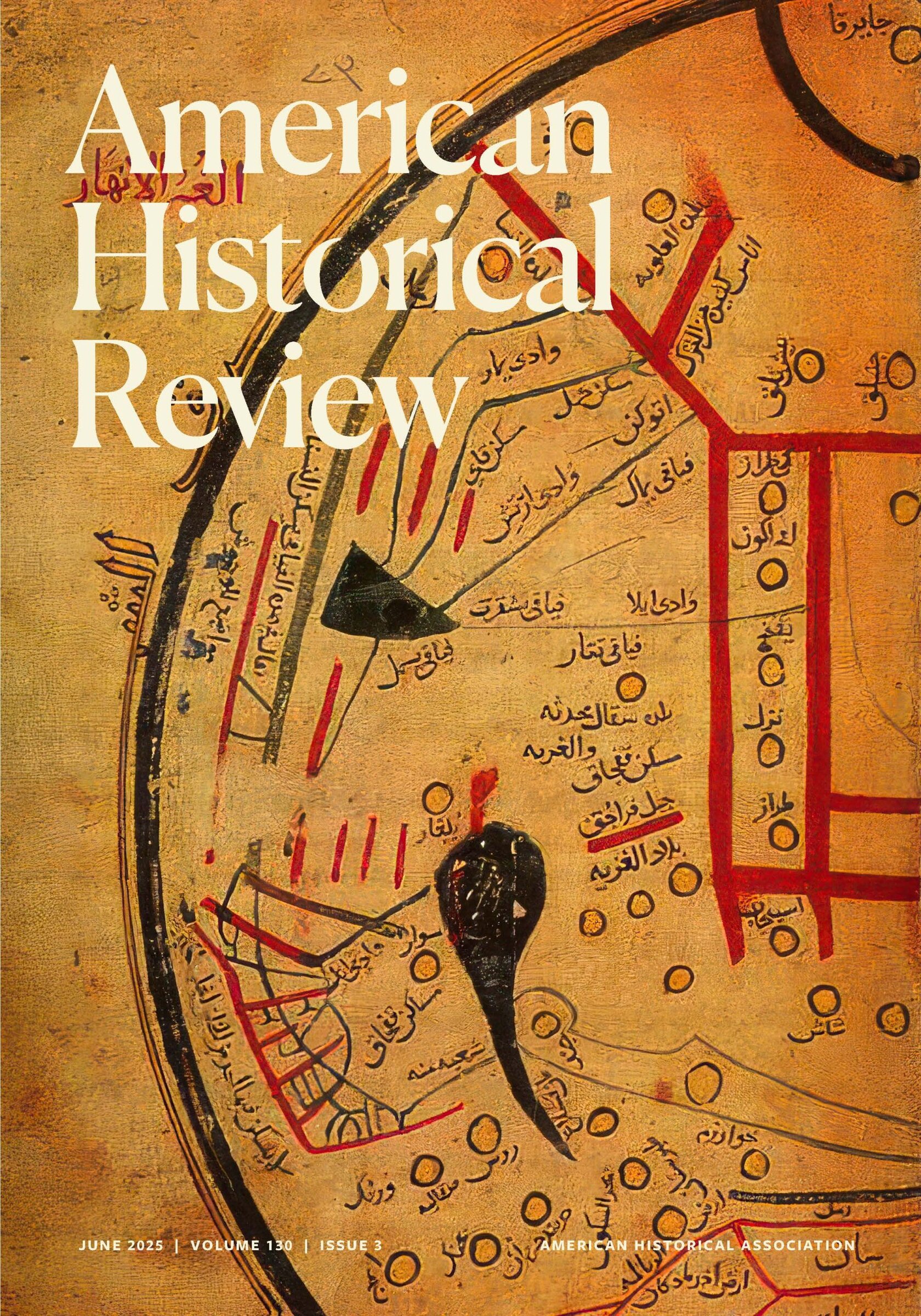The AHA Professional Division developed the following guidelines approved by the AHA Council at its spring 1998 meeting. The guidelines are part of a larger effort by the Council to provide guidelines and statements of good practices for use by departments, members, and campus administrators. (See, for instance, the Teaching Division’s statement on excellence in teaching, Perspectives, April 1998, 11-12.)
These guidelines are based on the AHA’s organization of and participation in the Conference on the Growing Use of Part-Time and Adjunct Faculty held in September 1997, which brought together representatives of 11 academic organizations. To review a copy of the conference statement, visit the AHA’s web site and click on General Information for a listing of statements on professional issues.
The employment of historians as part-time and temporary faculty has increased dramatically in recent years. Such appointments, which form part of the diverse category of academics often referred to as “adjunct professors,” have traditionally been used to supplement course offerings and to provide temporary replacements for tenure-track or tenured faculty. More recently, an increasing proportion of colleges and universities have responded to financial exigencies by embedding ongoing part-time and temporary positions in their employment structure. The AHA, like other professional organizations, has the obligation and the expertise to question the impact of such institutional practices on the quality of education and to promote the fair treatment of the teaching staff. Given the ramifications of this widespread trend in the employment of historians, the AHA seeks to ensure that cost-driven reliance on part-time and temporary faculty does not undermine the quality of education in history. We provide these guidelines to help departments and institutions balance budgetary and instructional exigencies and to give individuals a broader context in which to negotiate their terms of employment.
- The AHA encourages full-time employment for historians, while recognizing that the use of part-time and temporary faculty may sometimes be necessary or desirable to enrich and expand a curriculum. Where part-time or temporary faculty must be hired, the AHA encourages departments to maximize the assignments for the individuals hired.
- Departments hiring part-time or temporary faculty should recruit them actively and select the best available candidates, based on clear criteria and with standards commensurate to the assignment and to the institution’s mission.
- Institutions should provide equitable salaries for part-time and temporary faculty, based on a standardized salary policy, across disciplines, for commensurate qualifications.
- Institutions should allow part-time and temporary faculty access to fringe benefits, especially health and life insurance, sick leave, and retirement plans.
- Departments should provide with each appointment a clear contractual statement of expectations and assignments, including in-class teaching and such other responsibilities as course preparation, student advisement, and service. Additional compensation should be provided to part-time and temporary faculty who are willing to undertake additional duties that enhance educational quality (e.g., advising on major research projects, committee assignments, and the like).
- Departments should keep careful statistics of the percentages of courses taught by faculty who are not permanent, full-time employees, and should make this information widely available.
- Part-time and temporary faculty should be considered fairly for tenure-track opportunities for which they are qualified.
- Departments should provide sufficient notice of appointment or reappointment to enable adequate course preparation.
- Departments should engage in long-term planning whenever possible, providing: (a) extended terms of appointment, where that is consistent with institutional needs; and (b) sufficient job security to encourage and support continuing involvement with students and colleagues.
- Departments should provide orientation, mentoring, and access to all appropriate departmental communications to part-time and temporary faculty in order to incorporate them as colleagues in the intellectual life of the institution.
- Institutions should provide appropriate working conditions essential to performing assigned responsibilities, ranging from office space, supplies, support services, equipment (for example, telephone, fax, and computer access), parking permits, library access, after-hours access to buildings, e-mail accounts, and the like.
- Part-time and temporary faculty should have opportunities to participate in appropriate collegial processes related to their contractual responsibilities for teaching and curricular planning.
- Because good scholars make good teachers, part-time and temporary faculty should have access to opportunities for scholarly development, including campus grant programs, support for research travel, and support to present their work at professional conferences.
- Institutions should implement the regular evaluation of part-time and temporary faculty, based on established criteria consistent with their assigned responsibilities. This will aid in maintaining high standards of classroom instruction, equity in reappointment, and the recognition of merit. Class evaluations will also provide documentation to support departmental letters of recommendation written in support of part-time and temporary faculty seeking full-time employment.
- In institutions where part-time and temporary faculty serve with some continuity, they should have opportunities for merit increases and professional advancement.
- Institutions should provide a grievance procedure for part-time and temporary faculty to deal with cases of alleged discrimination, violation of contract, or denial of academic freedom.
Approved by Council, June 1, 1998.


